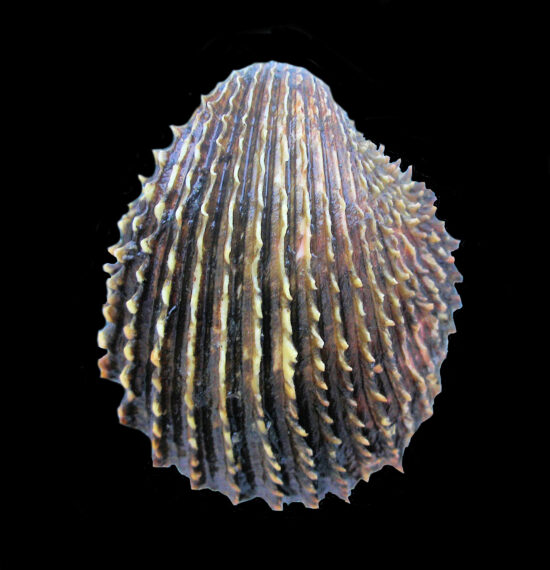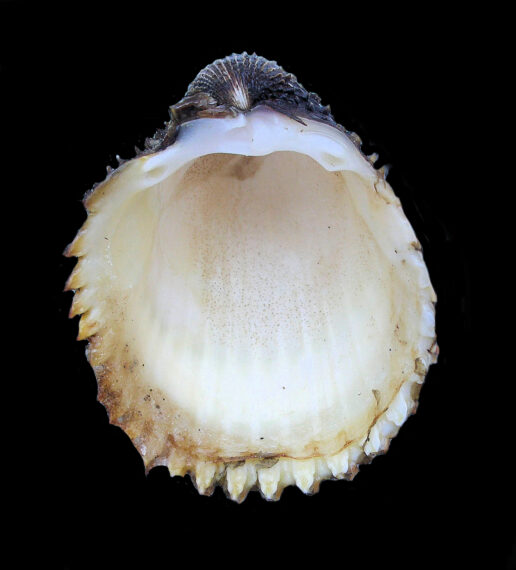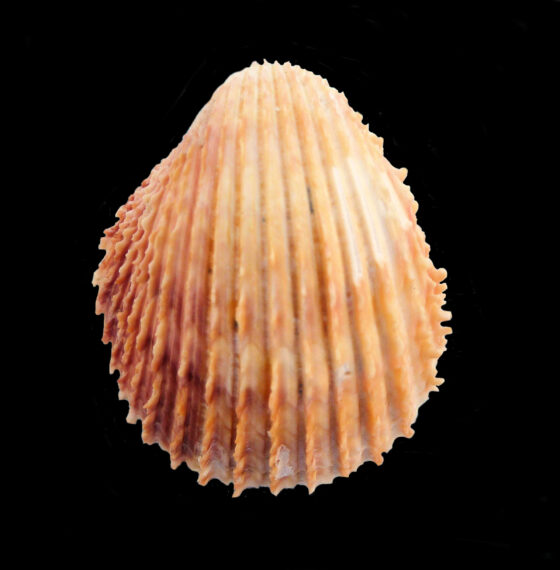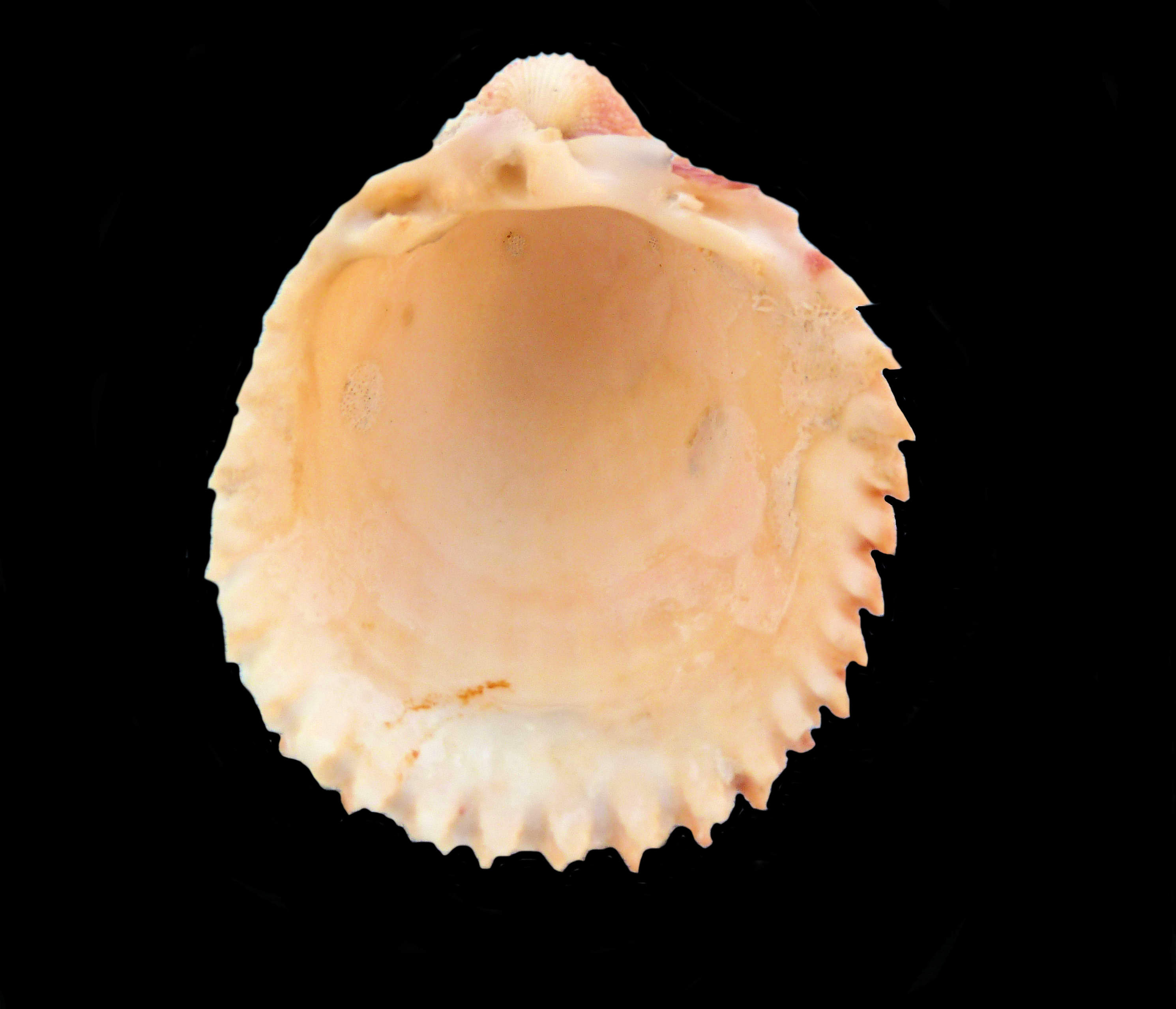
 Belcher’s Prickly Cockle Shell, Trachycardium belcheri. Size: 4.3 cm (1.7 inches) x 3.9 cm (1.5 inches). Shell collected from within the estuary of the Magdalena Bay complex, Baja California Sur, October 2018. Identification courtesy of Bob Hillis, Ivins, Utah.
Belcher’s Prickly Cockle Shell, Trachycardium belcheri. Size: 4.3 cm (1.7 inches) x 3.9 cm (1.5 inches). Shell collected from within the estuary of the Magdalena Bay complex, Baja California Sur, October 2018. Identification courtesy of Bob Hillis, Ivins, Utah.

 Belcher’s Prickly Cockle Shell, Trachycardium belcheri. Size: 4.3 cm (1.7 inches) x 3.9 cm (1.5 inches). Shell collected from within the estuary of the Magdalena Bay complex, Baja California Sur, October 2018. Identification courtesy of Bob Hillis, Ivins, Utah.
Belcher’s Prickly Cockle Shell, Trachycardium belcheri. Size: 4.3 cm (1.7 inches) x 3.9 cm (1.5 inches). Shell collected from within the estuary of the Magdalena Bay complex, Baja California Sur, October 2018. Identification courtesy of Bob Hillis, Ivins, Utah.
Belcher’s Prickly Cockle, Trachycardium belcheri (Broderip and G.B. Sowerby I, 1829), is a bivalve mollusk that is a member of the Cardiidae Family of Cockles and True Cockles. The shell is almost circular in outline, with a moderately high beak. This species was named in honor of Admiral Sir Edward Belcher, who commanded the scientific circumnavigation of the globe aboard the HMS Sulphur in the 1830’s. Several species of fish, mollusk, plant, reptile, and seabird are named in his honor, as-well-as several geographic locations. The outside of the shell is adorned with radial ridges, which become saw-toothed toward the posterior end. The shell exterior is white, with pastel yellow, orange, brown, or pink sections. The interior is white, cream, or light yellow. Belcher’s Prickly Cockle Shells reach a maximum of 5.4 cm (2.1 inches) in length and 4.4 cm (1.7 inches) in height.
Belcher’s Prickly Cockle are found over and within sand and mud substrate at depths between 14 m (45 feet) and 200 m (650 feet). They range from Cedros Island, Baja California to Peru. They inhabit the Sea of Cortez from Bahia Santa Ines, Baja California Sur south to Cabo San Lucas, Baja California Sur.
A synonym is Cardium belcheri.